Scallop love
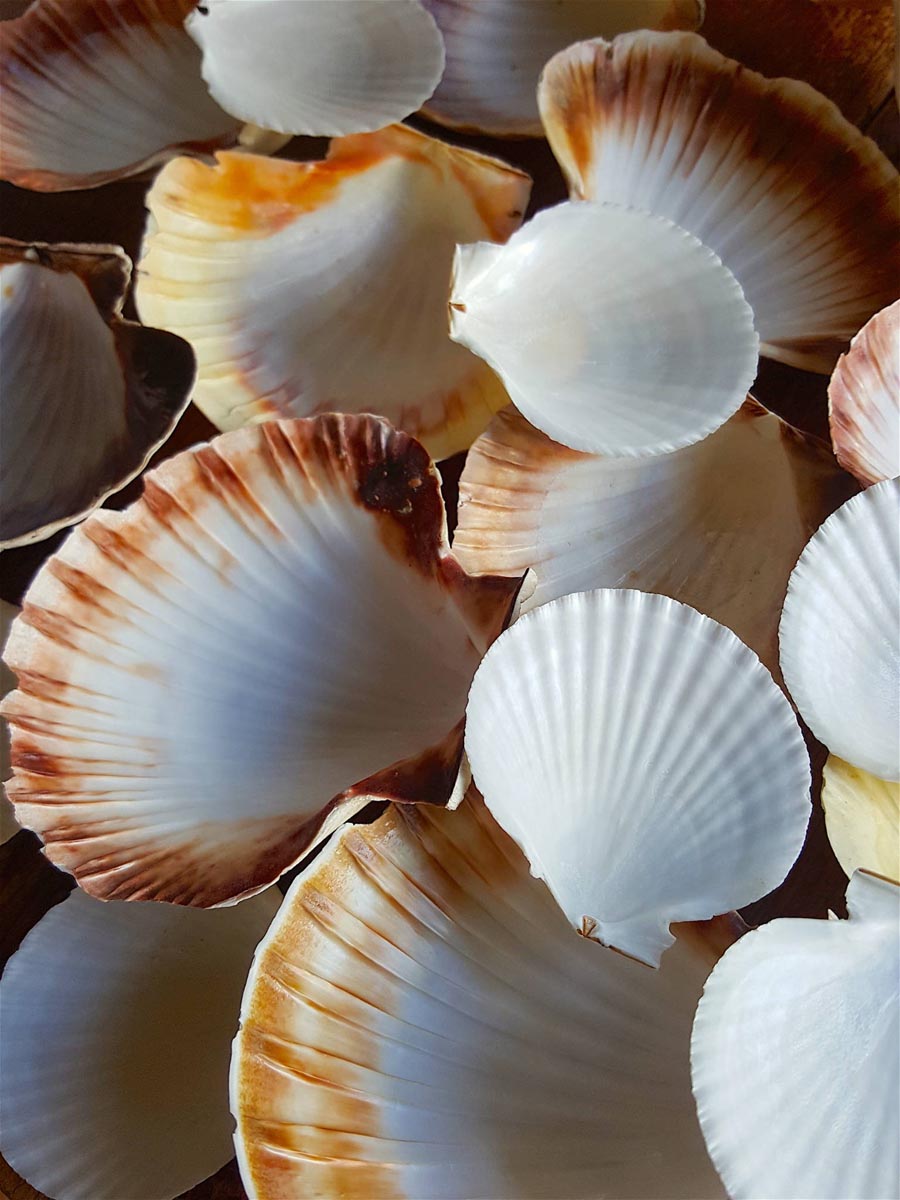
There’s more to scallop shells than you think. Just ask any pilgrim treading the path to the shrine of Saint James in Santiago de Compostela.

There’s more to scallop shells than you think. Just ask any pilgrim treading the path to the shrine of Saint James in Santiago de Compostela.
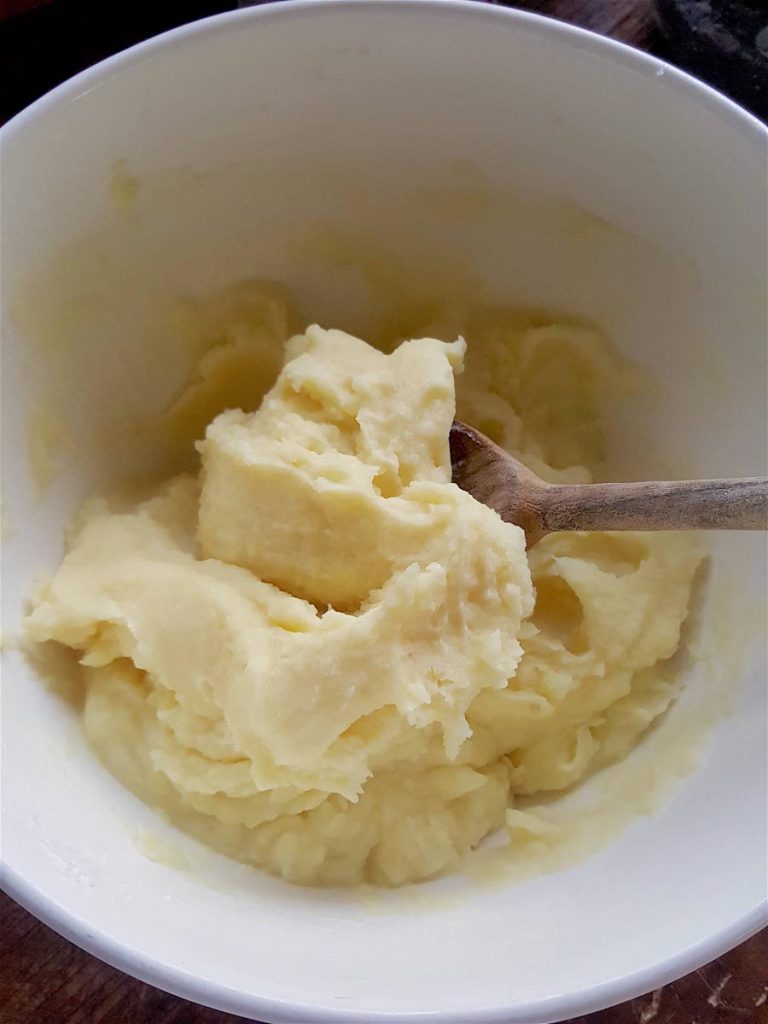
You’ll find all the answers on how to make a soft fluffy pillow of gorgeousness right here.
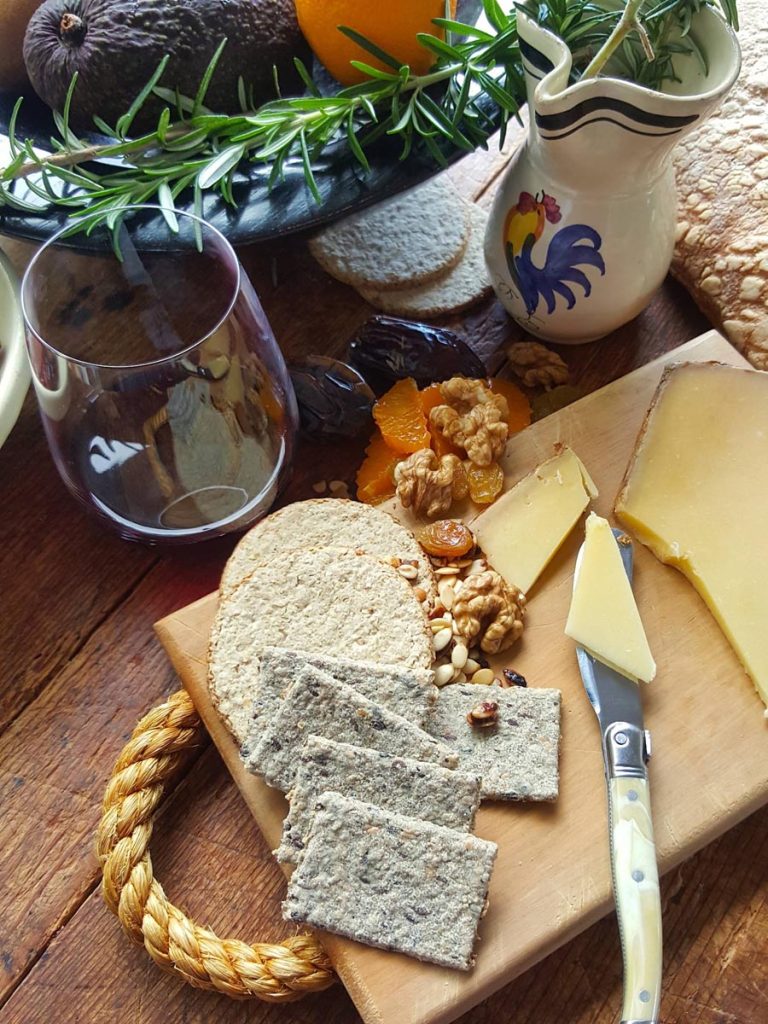
Melty, cheesy, toasty, crunchy …. CHEESE!
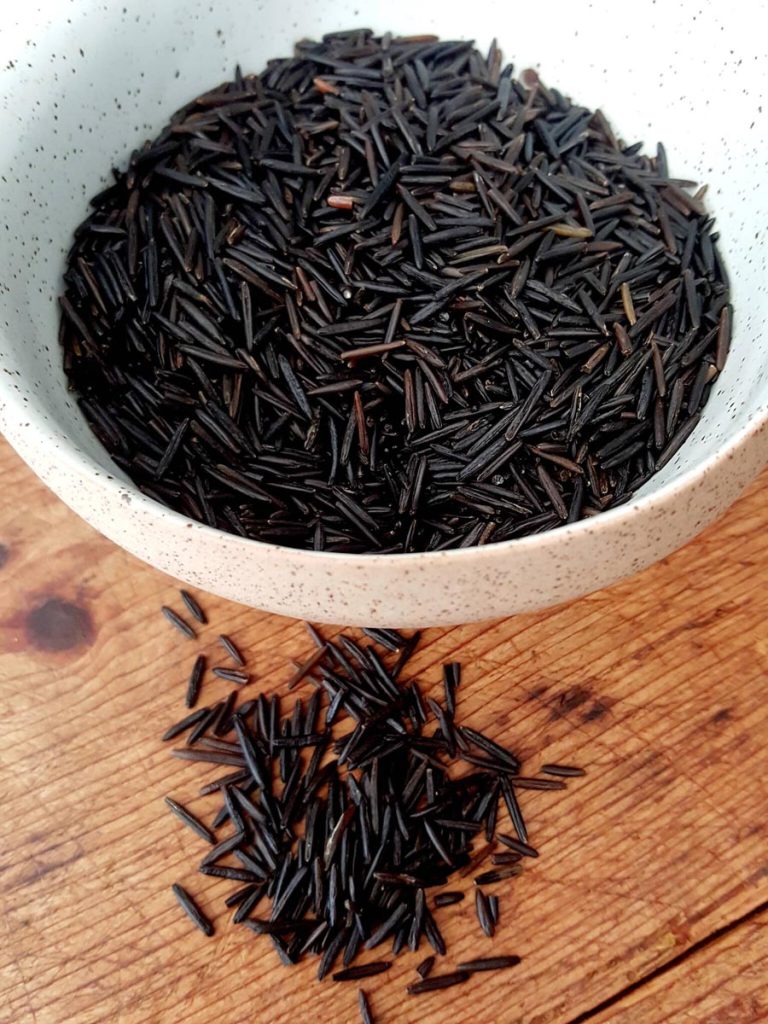
Is wild rice actually rice? Is it better for you than white rice?
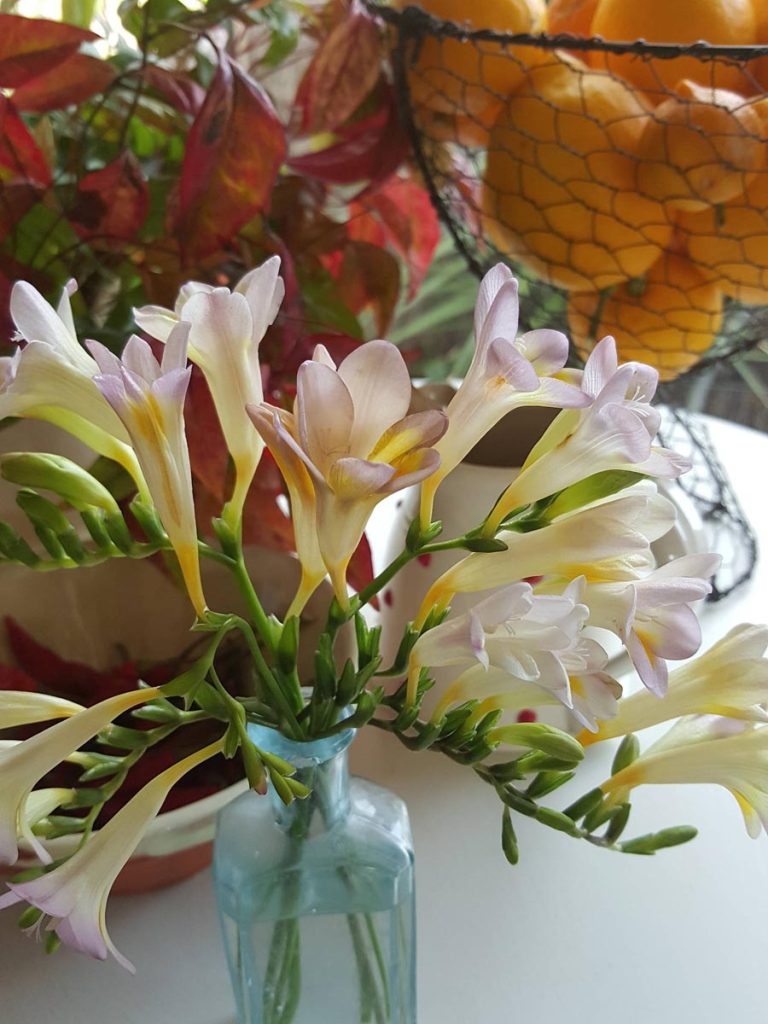
Spring is coming – time to refresh your recipe repertoire.
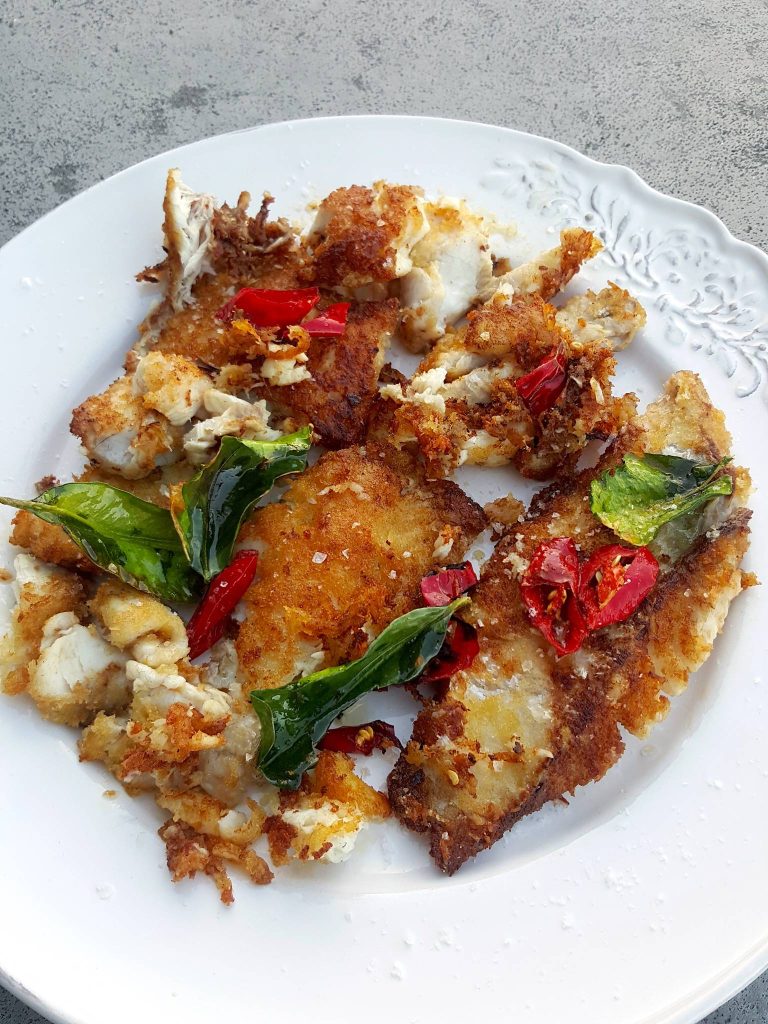
Learn the secrets to frying fish fillets to golden crunchy-ness.
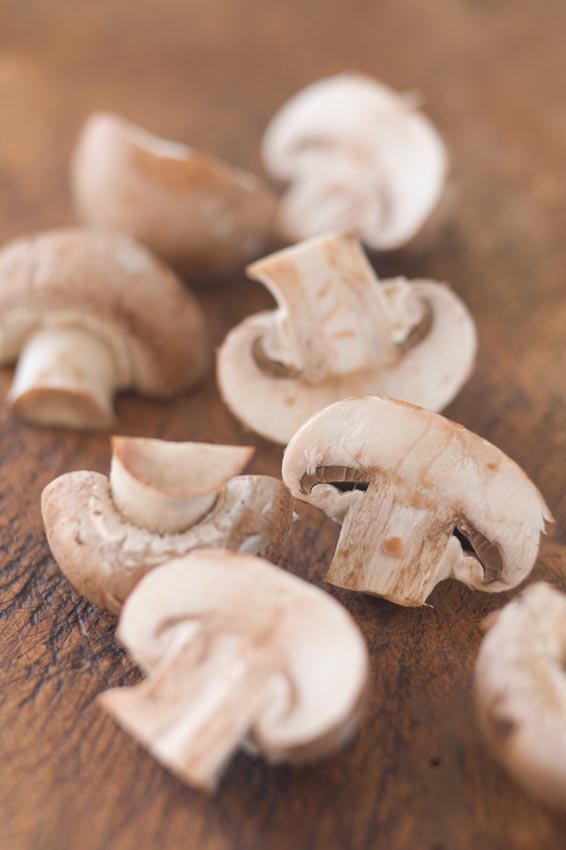
How to make the most of cultivated mushrooms.
No products in the basket.
Welcome to the new Shared Kitchen experience! If you encounter any issues, please let us know. Dismiss